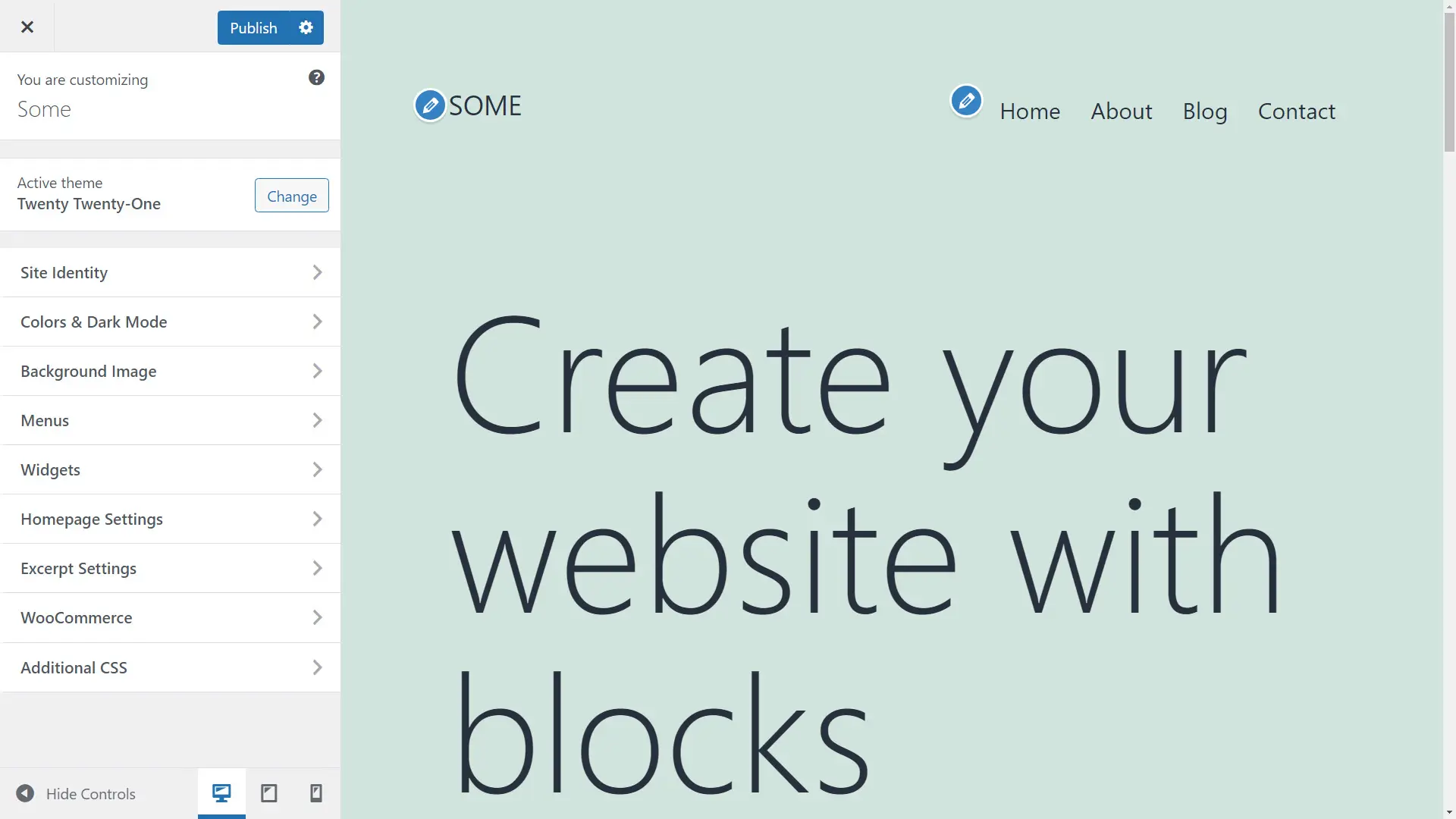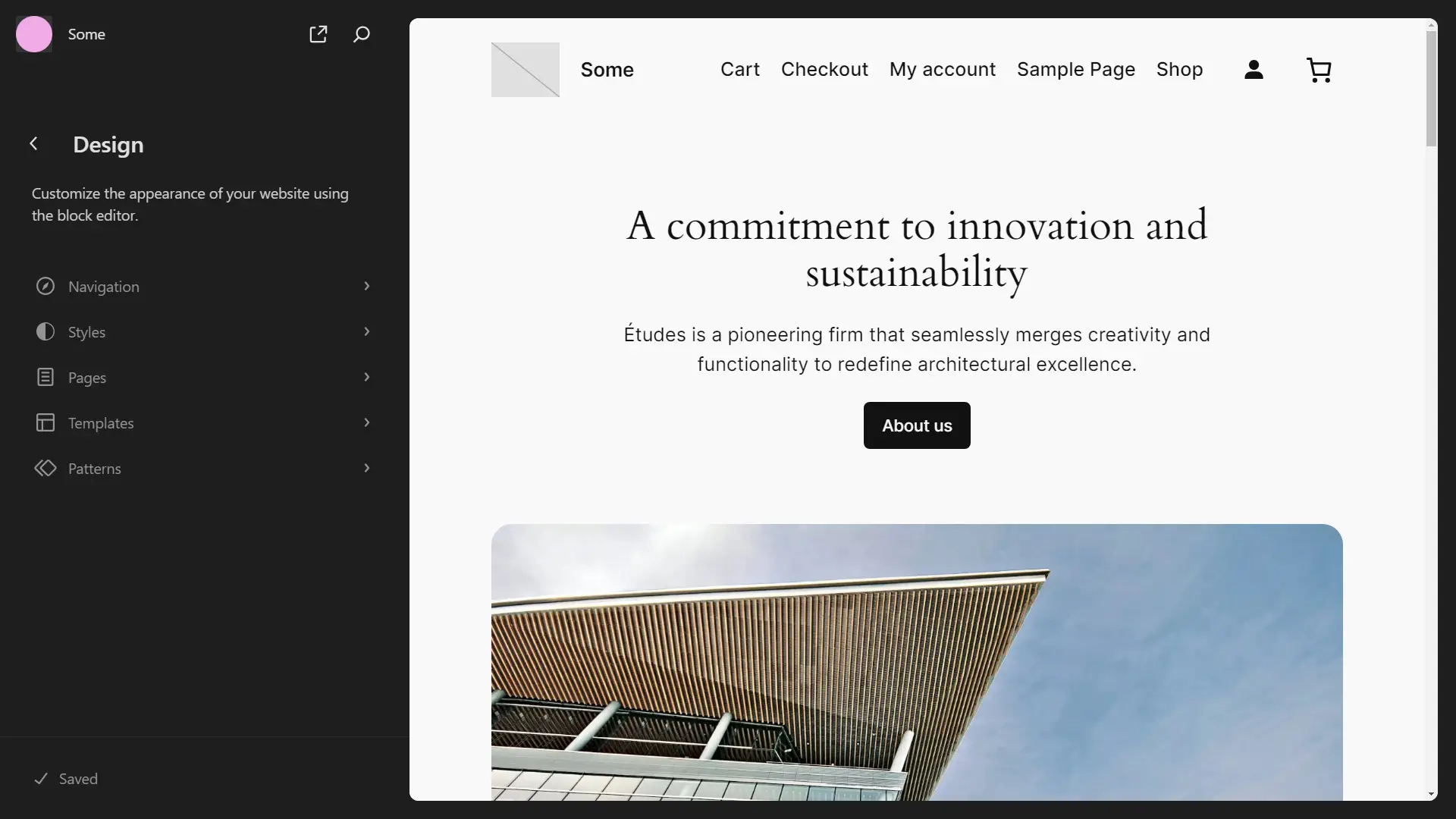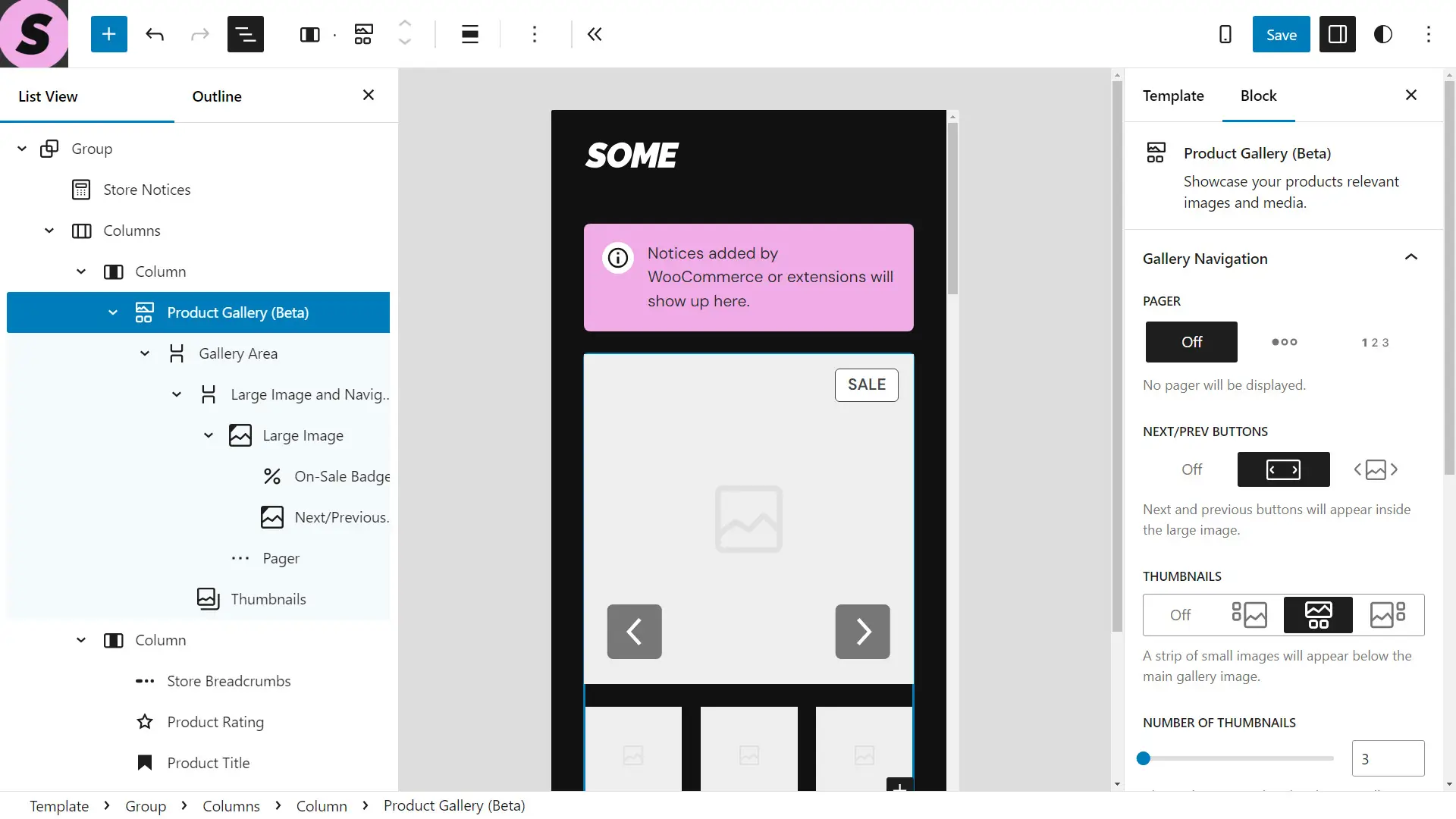Selecting the right WordPress theme is crucial for your website’s design and functionality. Let’s explore the differences between classic and block themes to help you make an informed decision.
Classic Themes

Classic themes follow the traditional approach to WordPress theming. They use PHP templates and the Customizer for personalization. Here are the key points:
Customization
- Uses the Customizer and Widgets.
- Requires coding knowledge for advanced changes.
Compatibility
- Works well with many plugins and third-party tools.
- Has a broad market and strong community support.
Limitations
- Less flexible for dynamic content and layout changes.
- Visual editing capabilities are limited compared to block themes.
Benefits
- Long-standing and reliable within the WordPress community.
- Consistent updates and support.
Block Themes

Block themes represent the modern approach to WordPress theming. They fully embrace the Block Editor and Site Editor. Here’s what you need to know:
Customization
- Uses the Site Editor and Block Editor for a visual editing experience.
- No coding knowledge is required for most customizations.

Flexibility
- Dynamic layouts with block-based templates.
- Easily add, rearrange, and style content blocks.
Compatibility
- Designed to work with the latest WordPress features.
- Ensures high performance, scalability, and security.
Limitations
- Fewer themes are available compared to classic themes.
- Some plugins may still need to be fully integrated.
Benefits
- Future-proof and aligned with the latest WordPress updates.
- Simplifies the process of creating and customizing websites.
Hybrid Themes
Hybrid themes blend features of both classic and block themes. They use traditional customization methods while incorporating modern block-based elements like Global Settings and Styles (theme.json).
Why Different Types of WordPress Themes Exist
The evolution of WordPress themes is driven by the Gutenberg Project, which aims to modernize the editing experience. This project introduced the Block Editor, making WordPress more user-friendly and aligned with current web standards.
The WordPress Block Editor
The Block Editor, introduced in WordPress 5.0, revolutionized content creation with a block-based approach. Here’s what makes it unique:
Features
- Drag-and-drop functionality with live previews.
- Organizes content into customizable blocks (text, images, galleries, etc.).
- Each block has specific settings and formatting options.
Benefits
- Easy to visualize and design content.
- Extensible with additional blocks through plugins.
The WordPress Site Editor
The Site Editor allows comprehensive site management, including navigation, templates, global styles, and overall design. It’s more expansive than the Block Editor, which focuses on individual posts and pages.
My Conclusion
Choosing between classic and block themes depends on your needs and future goals. Block themes are the future of WordPress, offering a more intuitive and flexible design experience. Classic themes remain reliable but might require more technical knowledge for customization.


